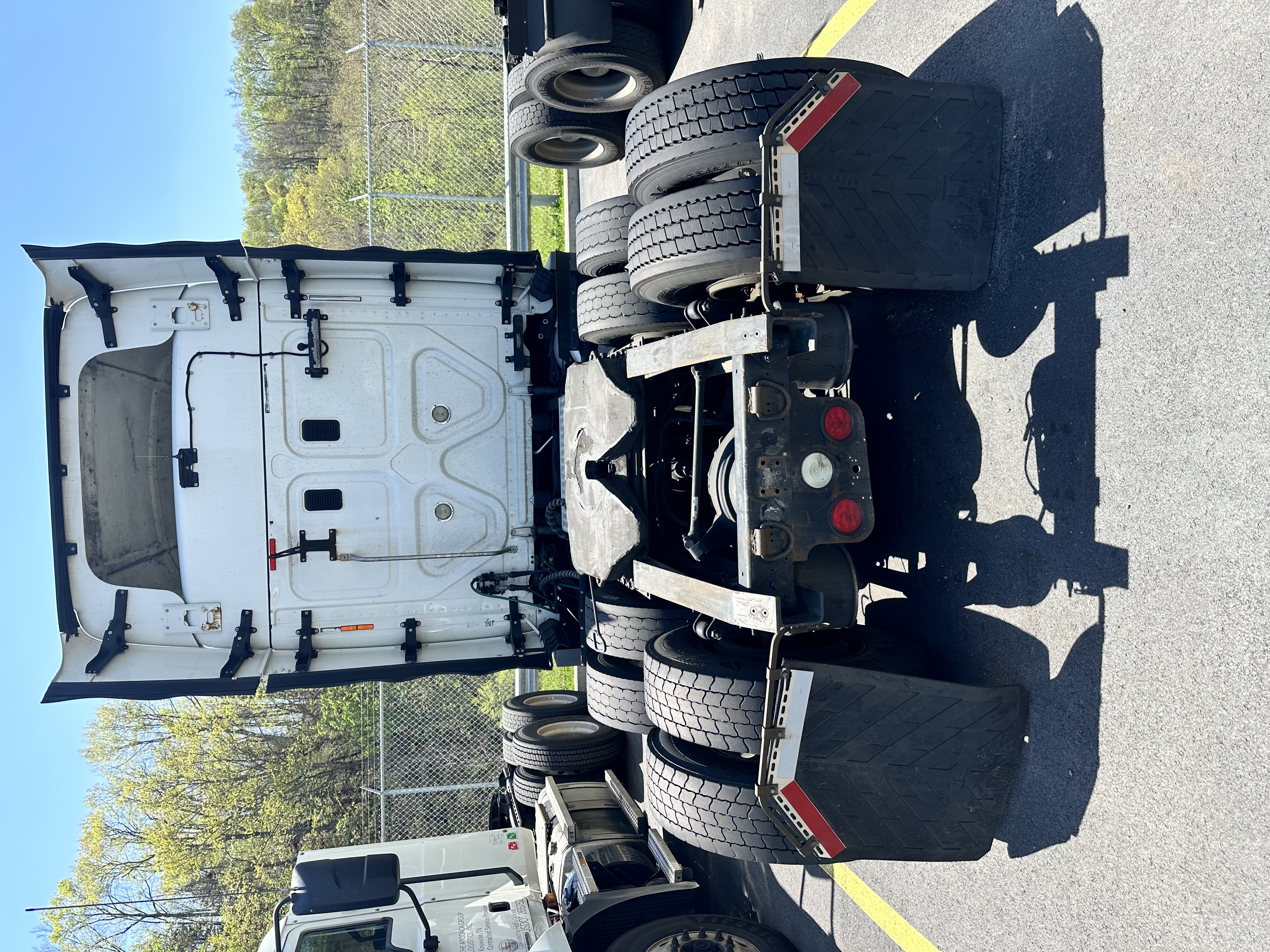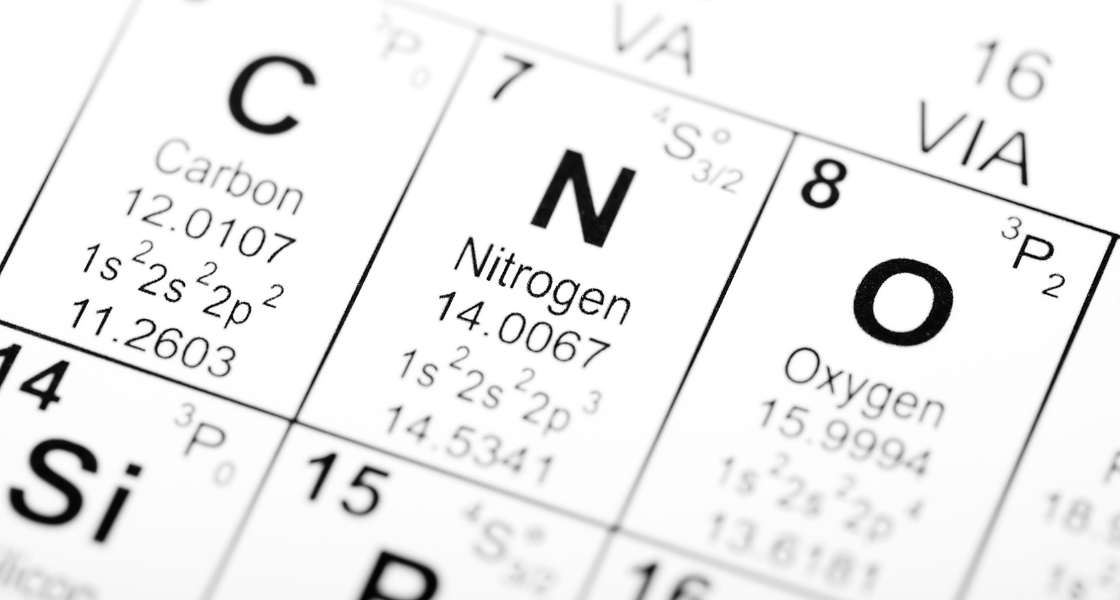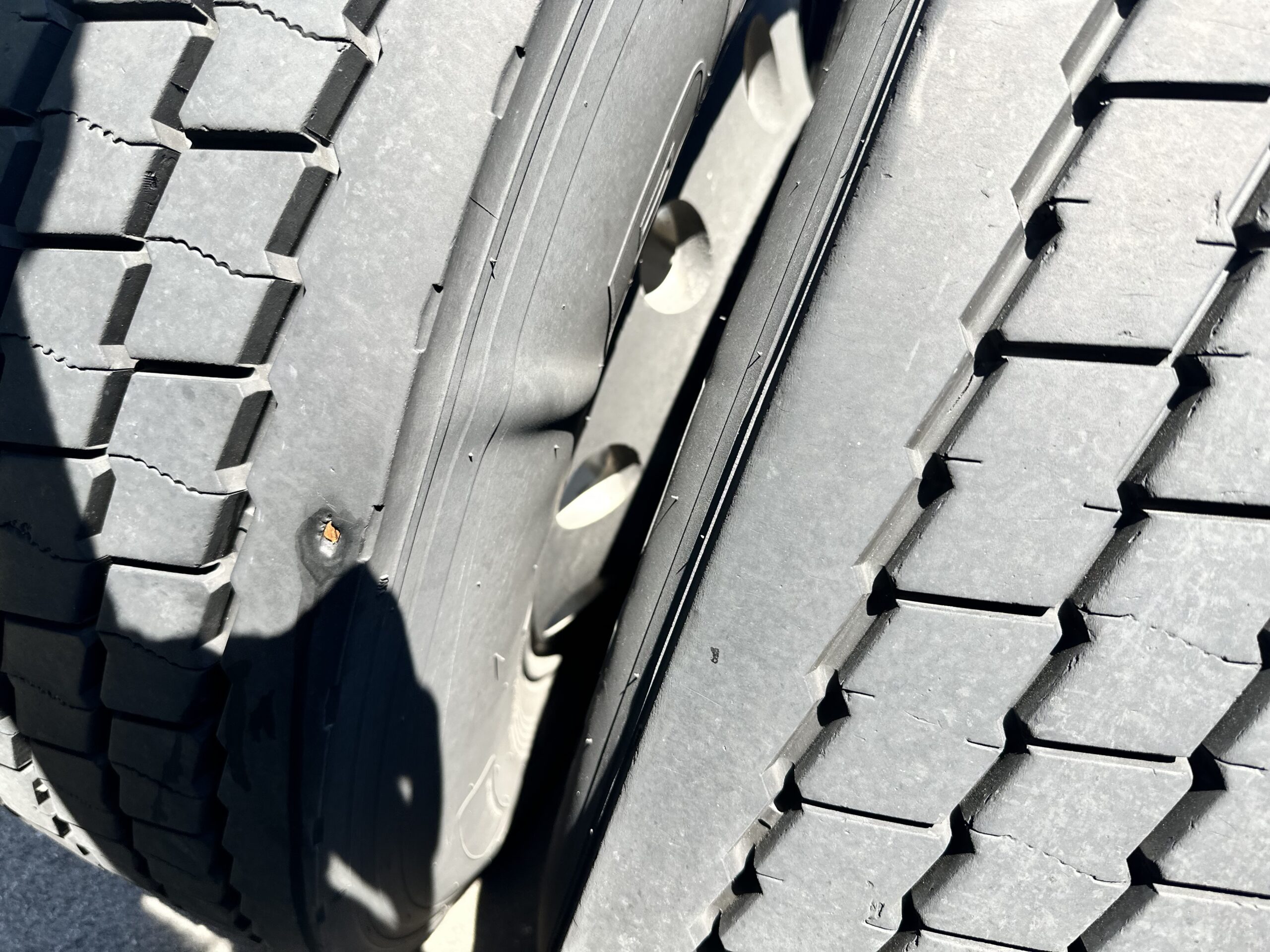Maintaining proper tire pressure is one of the most critical aspects of vehicle maintenance. For truck fleets, it is even more essential due to the heavy loads and long distances traveled. Regular pressure maintenance ensures that tires perform optimally, providing better fuel efficiency, enhanced safety, and extended tire life. While nitrogen inflation, such as with Astraea nitrogen, offers numerous benefits like reduced tire pressure loss and consistent inflation, regular pressure maintenance is still essential for optimal tire performance even with tires filled with Astraea nitrogen.
Under-inflated or over-inflated tires can lead to a host of problems. From increased fuel consumption and uneven tire wear to reduced handling capabilities and higher risks of blowouts, the consequences can be severe. For fleet operators, these issues translate to higher operational costs and potential safety hazards.
By scheduling routine tire pressure checks and adjustments, fleet managers can ensure their trucks are always running at peak performance. At Fuel & Tire Saver Systems Company, LLC, we specialize in mobile onsite nitrogen tire inflation, visiting truck fleets across Virginia, Maryland, Pennsylvania, North Carolina, Tennessee, and Georgia. Our services help save fuel, extend tire wear, and make trucks much safer, all while contributing to a greener environment.
Request Fleet Pricing, contact our office at (703) 429-0382, or email Mike.LoPresti@fuelandtiresaver.com to learn more about how we can assist your fleet.
Table of Contents
ToggleBenefits of Regular Pressure Checks

Regular pressure checks are indispensable for maintaining optimal tire performance and ensuring the overall safety and efficiency of your fleet. Here are some key benefits of conducting routine tire pressure maintenance:
- Improved Fuel Efficiency: Properly inflated tires reduce rolling resistance, which means your trucks require less energy to move. This translates to significant fuel savings over time, especially for large fleets covering extensive distances.
- Extended Tire Lifespan: Tires that are kept at the correct pressure wear more evenly, preventing premature tread wear and extending the overall lifespan of the tires. This helps in reducing the frequency and cost of tire replacements.
- Enhanced Safety: Under-inflated or over-inflated tires can compromise vehicle handling, leading to potential safety hazards. Regular pressure checks ensure that tires remain within the recommended pressure range, providing better stability and control, and reducing the risk of blowouts.
- Environmental Benefits: Optimally inflated tires contribute to lower fuel consumption, which in turn reduces the carbon footprint of your fleet. By maintaining proper tire pressure, you are not only benefiting your business but also making a positive impact on the environment.
- Cost Savings: By preventing issues such as uneven wear and blowouts, regular pressure checks can lead to substantial cost savings in terms of both maintenance and fuel expenses. These savings can be reinvested into other areas of your business, enhancing overall profitability.
Incorporating regular pressure checks into your fleet maintenance routine is a proactive approach that yields numerous benefits. It’s an investment in safety, efficiency, and sustainability that pays off in the long run.
Understanding Astraea Nitrogen Inflation

Astraea nitrogen inflation is a cutting-edge solution designed to enhance the performance and longevity of your fleet’s tires. Understanding how it works and its benefits can help you make an informed decision about integrating this technology into your maintenance routine.
Nitrogen vs. Compressed Air: Unlike compressed air, which contains a mix of oxygen, nitrogen, and other gases, Astraea nitrogen inflation uses pure nitrogen. Nitrogen molecules are larger and less likely to permeate through the tire walls, resulting in more stable and consistent tire pressure over time. This stability is crucial for maintaining optimal tire performance and safety.
Reduced Oxidation: Oxygen in compressed air can oxidize the rubber in tires, leading to deterioration over time. Nitrogen, being an inert gas, significantly reduces oxidation, helping to preserve the tire’s structural integrity and extending its lifespan.
Temperature Stability: Tires filled with nitrogen exhibit less fluctuation in pressure with temperature changes compared to those filled with compressed air. This is particularly beneficial for long-haul trucks that experience varying temperatures, ensuring consistent performance and reducing the risk of blowouts.
Moisture Reduction: Compressed air often contains moisture, which can corrode the inner lining of tires and rims. Astraea nitrogen inflation minimizes moisture content, thus preventing internal corrosion and maintaining the quality of the tire and wheel assembly.
By switching to Astraea nitrogen inflation, fleet managers can achieve more reliable tire pressure maintenance, leading to improved fuel efficiency, enhanced safety, and reduced environmental impact. Understanding these benefits highlights why regular pressure maintenance is still essential for optimal tire performance even with tires filled with Astraea nitrogen.
Common Misconceptions About Nitrogen-Filled Tires

Despite the growing popularity of nitrogen-filled tires, several misconceptions still persist. Addressing these misunderstandings can help fleet managers make better-informed decisions about tire maintenance.
Myth 1: Nitrogen Inflation Completely Eliminates the Need for Pressure Checks
One common misconception is that nitrogen-filled tires require no pressure checks. While nitrogen does maintain tire pressure longer than compressed air, regular pressure maintenance is still essential for optimal tire performance. External factors such as temperature changes, tire punctures, and gradual permeation still necessitate periodic checks to ensure safety and efficiency.
Myth 2: Nitrogen Inflation is Too Expensive
Some believe that nitrogen inflation is prohibitively expensive. However, when considering the long-term benefits—such as extended tire life, improved fuel efficiency, and reduced maintenance costs—the investment in nitrogen inflation often pays for itself. In many cases, the reduced frequency of tire replacements and repairs can offset the initial costs.
Myth 3: Nitrogen is Just a Gimmick
Another misconception is that nitrogen inflation is merely a marketing gimmick. Scientific evidence supports the benefits of nitrogen-filled tires, including reduced oxidation, better pressure retention, and enhanced temperature stability. These advantages contribute to safer, more efficient, and longer-lasting tires.
Myth 4: Mixing Nitrogen and Air is Harmful
Some worry that adding compressed air to a nitrogen-filled tire can cause damage. In reality, while it is ideal to maintain a pure nitrogen fill, occasional top-offs with compressed air are not harmful. However, it is recommended to refill with nitrogen as soon as possible to maintain the benefits.
Understanding and dispelling these misconceptions emphasizes the importance of regular pressure maintenance and the tangible benefits of nitrogen inflation for tire performance and overall fleet safety.
Steps for Effective Tire Pressure Maintenance

Maintaining the correct tire pressure is crucial for optimal performance, safety, and longevity of your fleet’s tires. Here are some essential steps for effective tire pressure maintenance:
- Regular Inspections: Conduct routine tire inspections at least once a month. Check for signs of wear, damage, and ensure that the tires are inflated to the manufacturer’s recommended pressure levels.
- Use a Reliable Pressure Gauge: Invest in a high-quality, accurate tire pressure gauge. Digital gauges are often more precise than their analog counterparts. Regularly verify the accuracy of the gauge to ensure consistent readings.
- Inflate When Cold: Measure tire pressure when the tires are cold, typically before the vehicle has been driven or after it has been parked for several hours. This provides the most accurate reading and helps avoid over-inflation or under-inflation.
- Monitor Seasonal Changes: Temperature fluctuations can significantly impact tire pressure. For every 10°F change in temperature, tire pressure can change by approximately 1 PSI. Pay extra attention during seasonal transitions to keep tire pressure within the optimal range.
- Maintain Nitrogen Inflation: For fleets using nitrogen-filled tires, ensure that nitrogen is used for top-offs whenever possible to maintain its benefits. However, in emergencies, using compressed air temporarily is acceptable until nitrogen can be added.
- Keep Records: Maintain detailed records of tire pressure checks and any maintenance performed. This helps in tracking tire performance, identifying patterns, and planning timely interventions.
- Educate Drivers: Train drivers on the importance of tire pressure maintenance and how to perform basic checks. Empowering drivers with this knowledge ensures that tires are monitored even when the fleet is on the road.
Implementing these steps will help ensure that your fleet’s tires remain in optimal condition, enhancing safety, fuel efficiency, and extending tire life.
Environmental and Economic Impact of Proper Tire Inflation

Proper tire inflation goes beyond just enhancing the safety and performance of your fleet; it has significant environmental and economic impacts as well. Ensuring that tires are inflated to the correct pressure can have a profound effect on fuel efficiency, tire longevity, and the overall environmental footprint of your fleet operations.
Fuel Efficiency: Under-inflated tires increase rolling resistance, causing engines to work harder and consume more fuel. By maintaining proper tire pressure, fleets can improve fuel efficiency by up to 10%, according to industry studies. This not only reduces operational costs but also lowers greenhouse gas emissions, contributing to a cleaner environment.
Tire Longevity: Tires that are consistently maintained at the proper inflation levels experience less wear and tear. This extends the life of the tires, reducing the frequency of replacements and the associated costs. Properly inflated tires are less prone to blowouts and other damage, enhancing the overall safety of the fleet.
Reduced Carbon Footprint: Fuel combustion in vehicles is a major source of carbon dioxide emissions. By optimizing tire pressure, fleets can reduce their fuel consumption, thereby decreasing their carbon footprint. This aligns with global efforts to combat climate change and promotes a more sustainable operation.
Implementing regular pressure maintenance is still essential for optimal tire performance even with tires filled with Astraea nitrogen. Ensuring proper tire inflation is a straightforward yet highly effective strategy for fleets aiming to reduce costs and environmental impact.
Ready to optimize your fleet’s tire performance and contribute to a greener environment? Request Fleet Pricing, contact our office at (703) 429-0382, or email Mike.LoPresti@fuelandtiresaver.com to learn more about our services.


